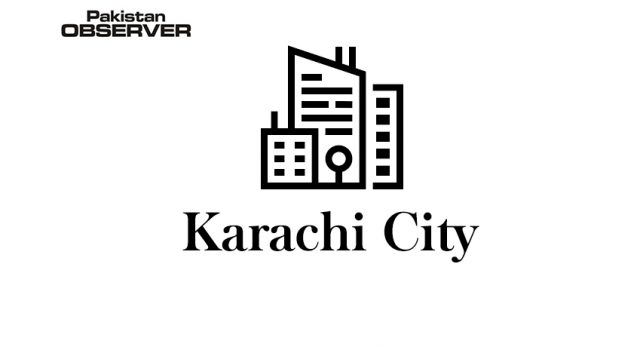Observer Report
In a kindergarten classroom in Islamkot, a tehsil (township) in the Tharparkar Desert in Sindh, a child named Mehtab eagerly writes his name in English on the blackboard.
He does a perfect job – carefully forming each letter of his name and then reading it loudly. However, it is not until the research team rubs off the last two letters of his name and asks him to read, that he gives them a blank stare.
Mehtab has rote learned his name, just as he is expected to rote memorize his textbooks. This meaningless memorization of information happens in classrooms across Pakistan, where children’s language and cultural context is not taken into consideration. It has led to a crisis – one where children who regularly attend school can’t read or write a simple sentence in any language albeit being in school for several years.
In an attempt to address this issue, The Citizens Foundation (TCF) and the Thar Foundation have published a research report called “Finding Identity, Equity, and Economic Strength by Teaching in Languages Children Understand.”
This research report proposes how Pakistan, which has over 70 native languages, and countries with similar challenges across the world can incorporate ‘mother tongue based multilingual education’ into their education systems. The term “Mother tongue” refers to the language that children first learn at home and have a good understanding of when they first come to school. “Multilingual” refers to the expectation that children will learn several languages during their education – in Pakistan, these are regional languages like Sindhi and Pashto as well as Urdu and English.
The report reflects three years of work in Tharparkar, Pakistan, interviews with over 130 practitioners, policymakers, and academics worldwide, and cataloguing of language policies in similarly diverse countries.
It adds to the literature on MTB MLE by solving for contexts where there are many mother tongue languages and where children are expected to learn up to four languages, including English, by the end of secondary school.
Mr. Ateed Riaz, Chairman and Co-Founder of TCF shared, “If you walk into a TCF school, you’ll notice that children are confident – they are bright-eyed, engaged with teachers and the lessons in their textbooks. They will tell you what they think, even before you ask.
This is because TCF has encouraged the use of Urdu and familiar languages in its schools since inception.
Children express themselves well if they are allowed to use a familiar language.
Conversely, they face difficulties when forced to use a foreign language, like English – a language they hardly hear or use outside of school. We are grateful to the Thar Foundation for supporting us in this significant research project.”










